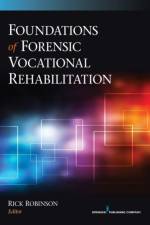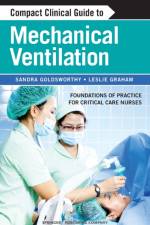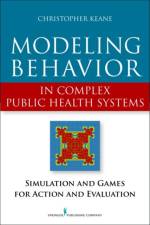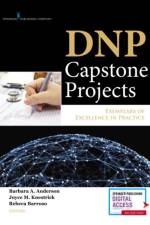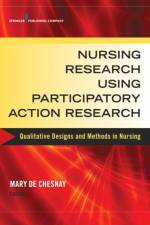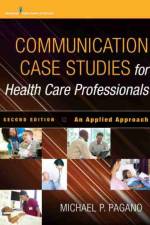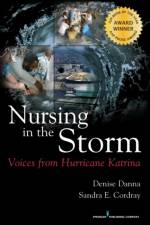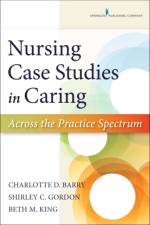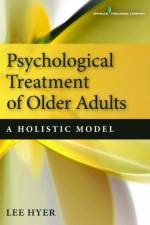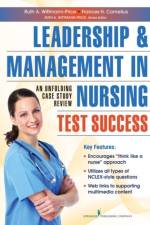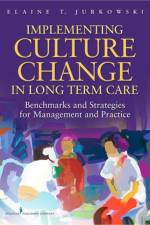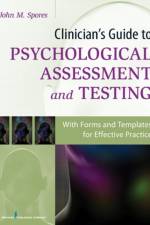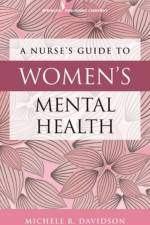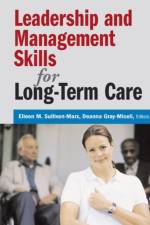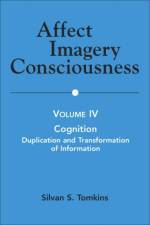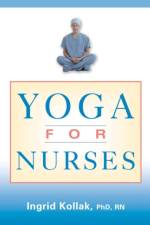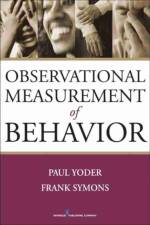av Glenn Geher
491
""At long last, a readable, accessible, user friendly introduction to evolutionary psychology written by a rising star in the field. This book, filled with a broad array of fascinating topics, is bound to further whet the appetite of a growing number of students who have been inspired by this provocative, yet eminently testable approach to human behavior." Gordon G. Gallup Jr., PhD University at Albany "A frolicking, down-to-earth, and informative introduction to the ever evolving and controversial field of evolutionary psychology." Scott Barry Kaufman, PhD Author, Ungifted: Intelligence Redefined "Glenn Geher has created a text that is both comprehensive in coverage and scope and very accessible. It should be a welcome addition to the field that serves to further individuals' understanding of Evolutionary Psychology." T. Joel Wade, PhD Professor and Chair of Psychology, Bucknell University This is a concise and student-friendly survey of the burgeoning field of evolutionary psychology (EP) and the controversies that surround it. Evolutionary psychology is an approach to studying human behavior that is rooted in modern evolutionary theory. Firmly grounded in the theoretical and research literature of EP, the book addresses the core theories, approaches, applications, and current findings that comprise this discipline. It is unique in its interdisciplinary focus, which encompasses EP's impact on both psychological and non-psychological disciplines. Written by an eminent evolutionary psychologist who is President of the Northeastern Evolutionary Psychology Society, the text examines psychological processes that lead to human survival and those that may lead to reproductive benefits¿¿sometimes even at a cost to survival. It cites a rich body of literature that provides insights into the role of sexual selection in shaping the human mind. The text presents current research on such important domains of EP as childhood, courtship, intrasexual competition, sex, pair-bonding, parenting, familial relations, non-familial relations, aggression, and altruism. Considering the potential of EP to mitigate some of our greatest social problems, the text examines the ways in which EP can be applied to society and religion. It also offers a thoughtful, balanced approach to such controversies in EP as the issues of genetic determinism, racism, and sexism. Key Features: Provides a broad survey one of the most recent, widely researched, and controversial fields to emerge in psychology over the past 20 years Written by an eminent evolutionary psychologist who is President of the Northeastern Evolutionary Psychology Society Presents EP concepts in an accessible, student-friendly way Offers a unique interdisciplinary focus that addresses the impact of EP on both psychological and non-psychological disciplines Emphasizes controversies within the field of evolutionary psychology and includes critiques of EP from people outside this discipline

